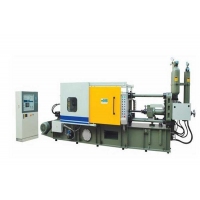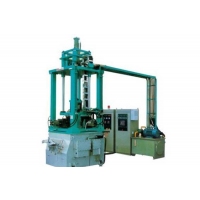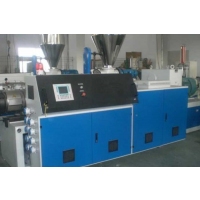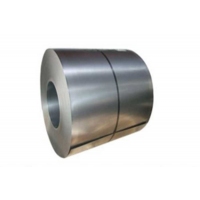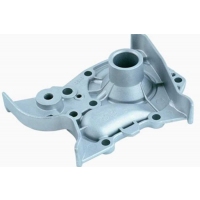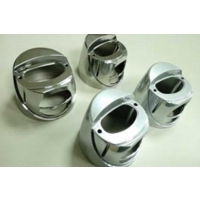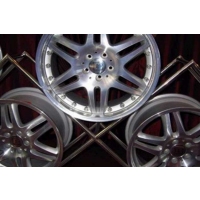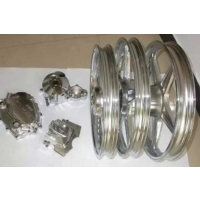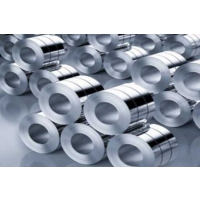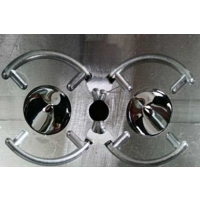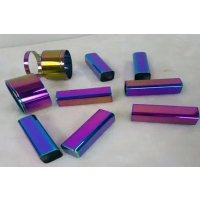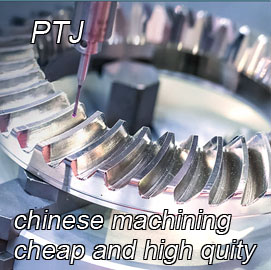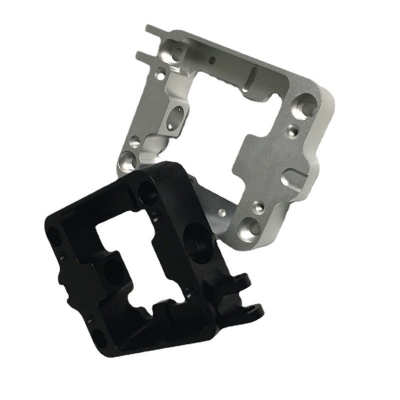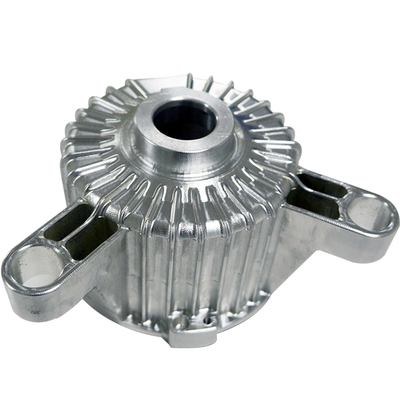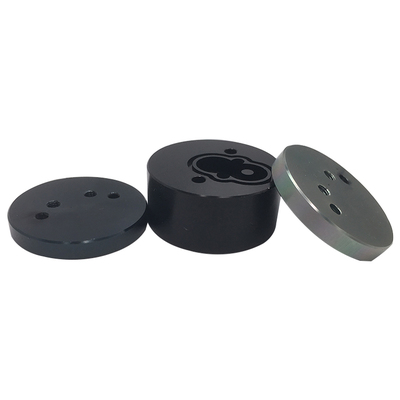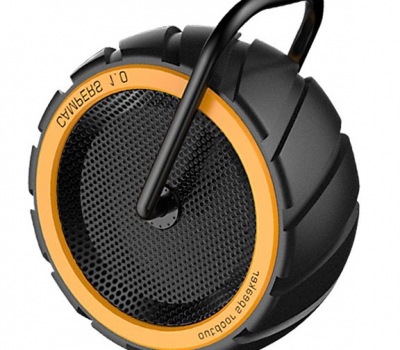-
Classification and working methods and characteristics of die casting machines
As everyone in the foundry industry knows, a die-casting machine is a series of industrial casting machinery that hydraulically injects molten metal into a mold under pressure to cool and form, and then obtain solid metal castings after the mold is opened.
2021-11-10
-
Briefly describe the technical process of aluminum alloy low-pressure casting
Since its birth, low-pressure casting technology has developed rapidly in various industries by virtue of its unique characteristics. We see aluminum alloy molded products on the market are all made of low-pressure casting. Casting products have the characteristics of high quality and complex process modeling. Today I will talk to the readers present about some knowledge about low-pressure casting.
2021-11-10
-
What is the working principle of plastic extruder?
The composition of a plastic extruder is mainly composed of an extrusion system, a transmission system and a heating and cooling system. So how do these systems work together? What is the working principle of the plastic extruder?
2021-11-10
-
Classification and related introduction of electro-galvanizing process
There are many types of electro-galvanizing. But from the pH value of the galvanizing bath, there are two main categories: alkaline zinc plating and acid zinc plating.
2021-11-10
-
Surface treatment method of aluminum alloy die casting
Aluminum alloy die castings generally use sand molds or metal molds to pour the heated liquid aluminum or aluminum alloy into the mold cavity, and the obtained aluminum parts or aluminum alloy parts of various shapes and sizes are usually called aluminum die castings. Its surface treatment methods are as follows:
2021-11-10
-
Design and manufacture of micro drum for electroplating
It is the process of using electrolysis to attach a metal film to the surface of metal or other materials to prevent metal oxidation (such as rust) and improve wear resistance, conductivity, light reflection, and corrosion resistance (copper sulfate, etc.) And to enhance the beauty and other functions.
2021-11-10
-
The electroplating process of aluminum wheels
1. As we all know, because the electroplating process of aluminum wheel hub is quite complicated, it uses a variety of brighteners and additives, so its finished product is a sign that shows the level of the enterprise.
2021-11-10
-
Application of Magnesium Alloy Electroplating Zinc Process
Electroplating zinc on magnesium alloy can greatly improve the corrosion resistance of magnesium alloy surface, and at the same time, it has the advantages of beautiful appearance, high hardness and good wear resistance, so it has been widely used.
2021-11-10
-
New Process of Nickel Electroplating on Zinc
Galvanizing is mainly used to prevent corrosion of steel, and the quality of its protective performance is closely related to the thickness of the coating.
2021-11-09
-
Mold application nickel-tungsten alloy electroplating process
It is generally believed that the quality of the mold is closely related to the quality of the parts. Many molds (such as die-casting molds) must be electroplated on the surface to improve their corrosion resistance, wear resistance, oxidation resistance and hardness.
2021-11-09
-
Explain the two-color electroplating process in detail
In recent years, with the continuous improvement of people's living standards, a single plating color can no longer meet people's needs, and two-color machines and multi-color plating operations have emerged. It is not only beautiful in appearance but also in various forms, and has been applied to many decorations. Now I mainly share the main process flow of the two-color electroplating industry:
2021-11-09
-
Mold plating processing
A mold is a tool used to make molded objects. This tool is composed of various parts, and different molds are composed of different parts. It mainly realizes the processing of the shape of the article through the change of the physical state of the formed material. Known as the "Mother of Industry".
2021-11-09
- 5 Axis Machining
- Cnc Milling
- Cnc Turning
- Machining Industries
- Machining Process
- Surface Treatment
- Metal Machining
- Plastic Machining
- Powder Metallurgy Mold
- Die Casting
- Parts Gallery
- Auto Metal Parts
- Machinery Parts
- LED Heatsink
- Building Parts
- Mobile Parts
- Medical Parts
- Electronic Parts
- Tailored Machining
- Bicycle Parts
- Aluminum Machining
- Titanium Machining
- Stainless Steel Machining
- Copper Machining
- Brass Machining
- Super Alloy Machining
- Peek Machining
- UHMW Machining
- Unilate Machining
- PA6 Machining
- PPS Machining
- Teflon Machining
- Inconel Machining
- Tool Steel Machining
- More Material

